Understanding the various types of rooms in a house is essential for creating functional, comfortable living spaces that meet your family's unique needs. From essential areas like kitchens and bedrooms to specialized spaces such as home theaters and wine cellars, each room serves a distinct purpose in modern home design. Today's homeowners increasingly seek versatile, multi-functional spaces that blend style with practicality while incorporating the latest design trends like organic modern aesthetics, earthy neutral palettes, and smart home integration.

1. Living Room with Modern Comfort Features

The living room remains the heart of every home, serving as the primary gathering space for family relaxation and guest entertainment. Modern living room design emphasizes comfort through plush seating arrangements, strategic lighting placement, and integrated smart home technology. Contemporary trends favor warm, earthy neutral colors like soft beiges and stony browns, moving away from cool grays toward more inviting tones. Curved furniture forms and rounded coffee tables create organic modern appeal, while built-in storage solutions maintain clean, uncluttered spaces. Quality lighting combines ambient, task, and accent elements to create layered illumination that enhances both functionality and mood throughout different times of day.
2. Master Bedroom with Spa-Like Retreat Elements
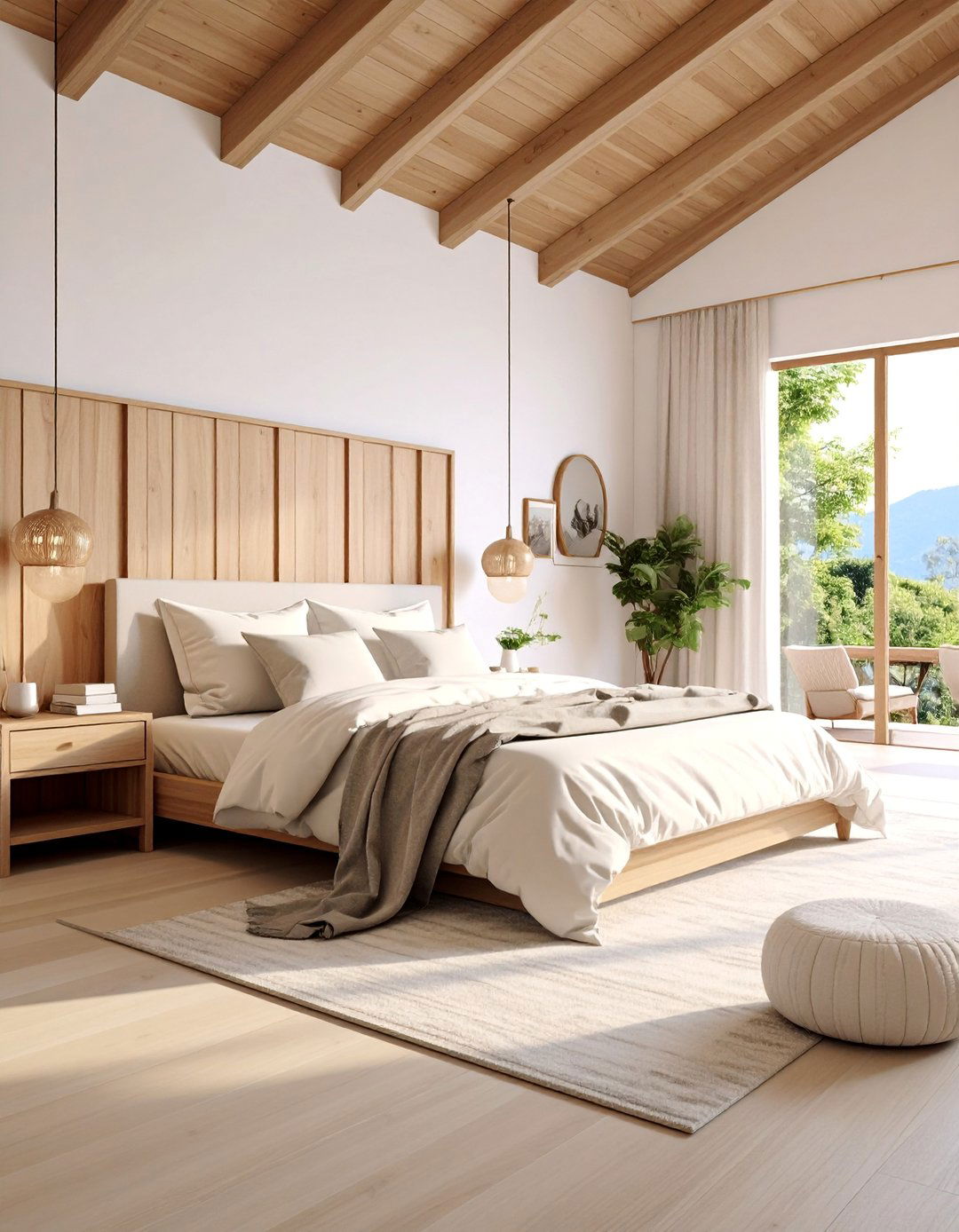
The master bedroom represents your personal sanctuary, designed for rest, relaxation, and intimate comfort within your home. Successful master bedroom design incorporates calming color palettes, luxurious textiles, and adequate storage solutions to create a serene environment. Current trends emphasize organic modern elements including natural wood accents, linen upholstery, and gentle curves in architectural details. Built-in wardrobes maximize storage while maintaining clean lines, and spa-like bathroom access enhances the retreat feeling. Blackout window treatments ensure quality sleep, while dimmable lighting systems allow for customizable ambiance. Sustainable materials like bamboo flooring and low-VOC paint contribute to healthier indoor air quality.
3. Kitchen with Multi-Functional Island Design

Modern kitchens serve as culinary workspaces, social hubs, and entertainment centers, requiring thoughtful layout planning and high-quality materials. The kitchen triangle concept connecting sink, stove, and refrigerator remains fundamental, while oversized islands provide additional prep space, storage, and casual dining areas. Paneled appliances blend seamlessly with cabinetry for cohesive visual flow, while custom storage solutions maximize organization efficiency. Current trends favor warm wood elements, natural stone countertops, and integrated wine refrigeration within islands. Smart technology includes voice-activated lighting, automated cooking systems, and energy-efficient appliances that learn user preferences and adjust accordingly for optimal performance.
4. Dining Room with Flexible Entertainment Spaces
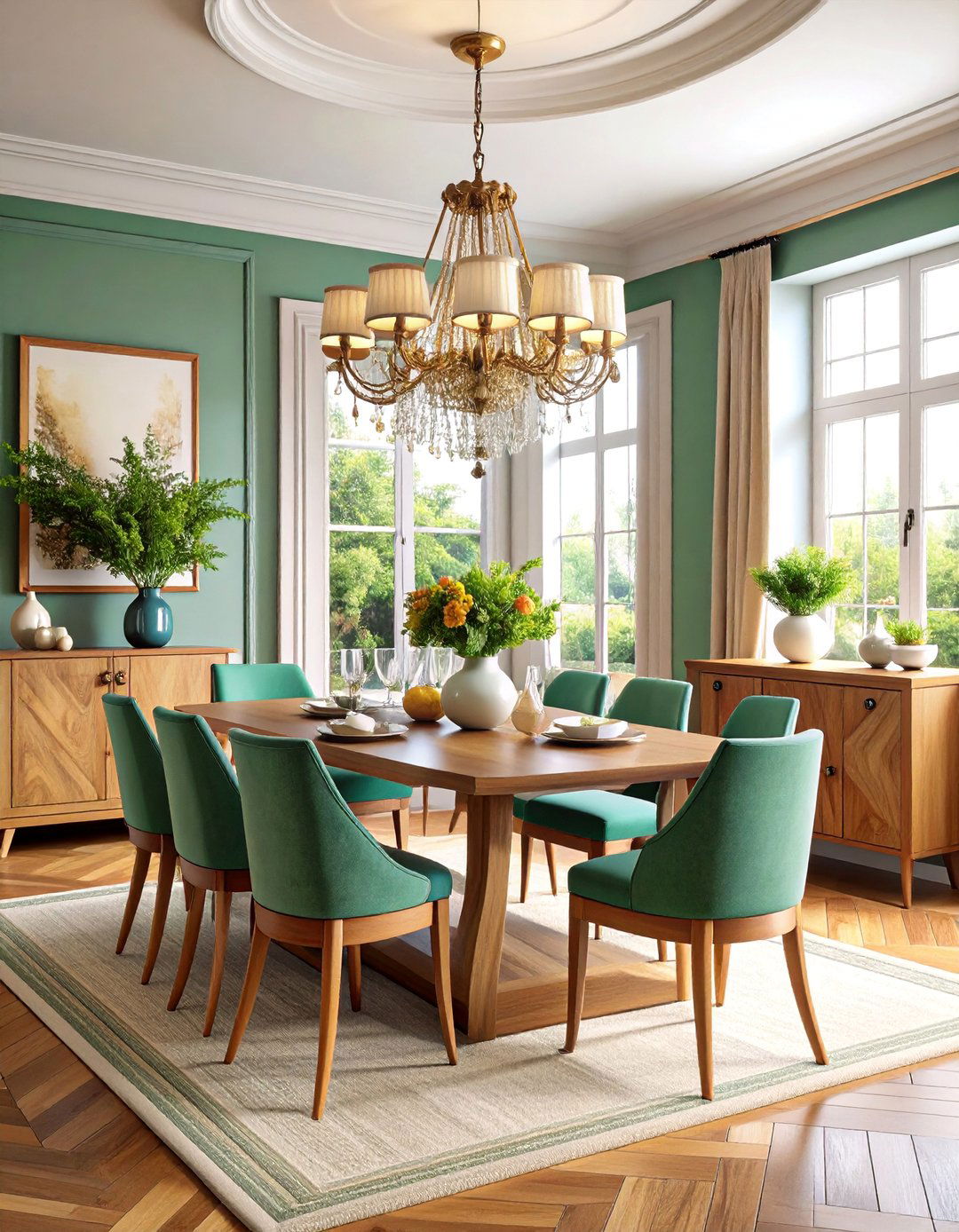
The dining room creates dedicated space for family meals, holiday gatherings, and formal entertaining, often flowing seamlessly into open-concept kitchen areas. Successful dining room design balances intimate family dining with larger entertainment needs through flexible furniture arrangements and lighting systems. Statement chandeliers provide focal points above dining tables, while ambient lighting creates warm, welcoming atmospheres. Built-in buffets or sideboards offer serving space and storage for dishes, linens, and entertaining essentials. Current trends emphasize organic shapes in furniture selection, natural materials like live-edge wood tables, and rich, saturated colors that create cozy, inviting environments for memorable meal experiences.
5. Family Room with Casual Living Elements
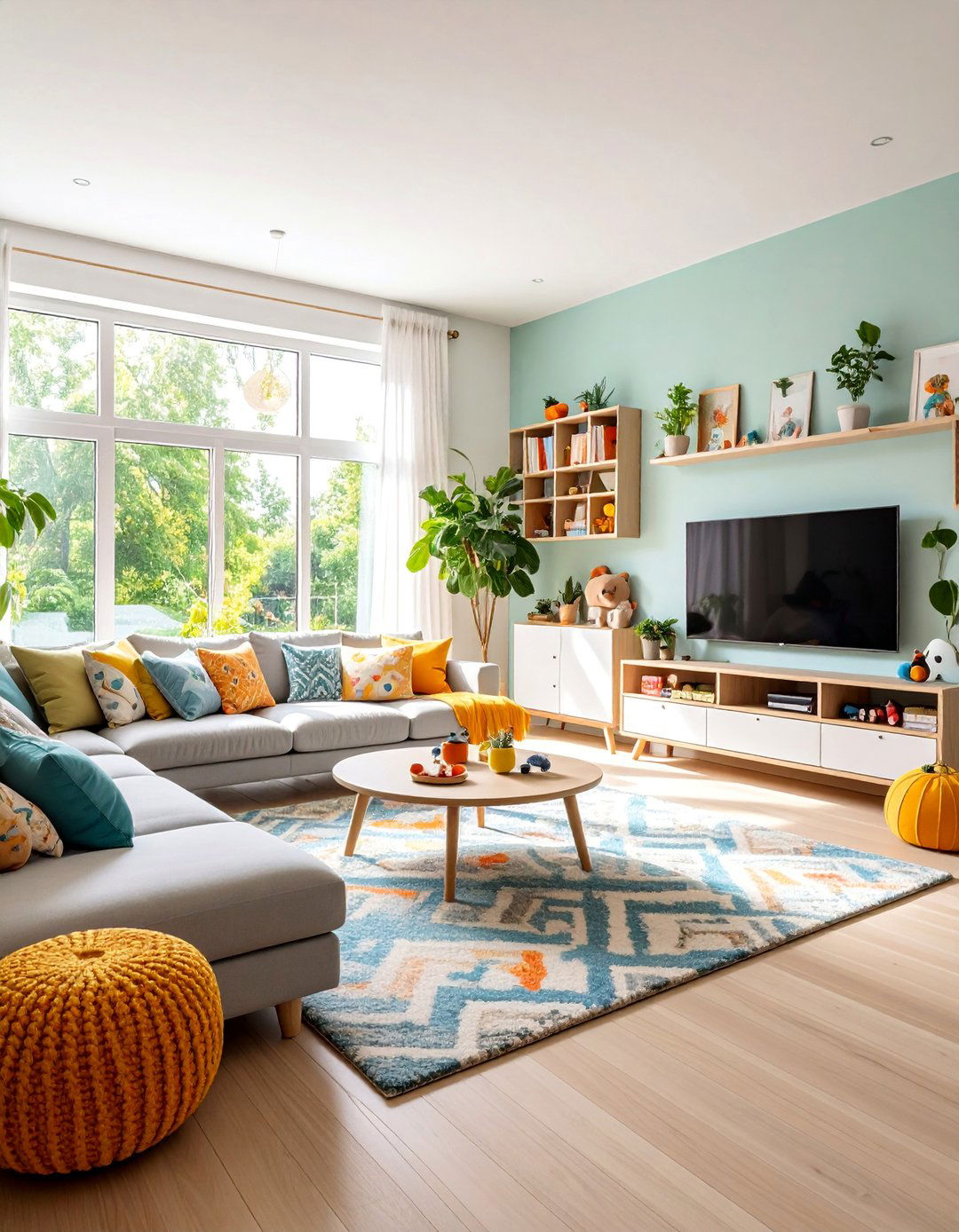
Family rooms provide informal gathering spaces for daily relaxation, entertainment, and quality family time, typically featuring comfortable, durable furnishings and entertainment systems. Unlike formal living rooms, family rooms accommodate messy activities, children's play, and casual entertaining through practical furniture choices and easy-clean surfaces. Built-in entertainment centers organize media equipment while concealing clutter, and sectional seating arrangements facilitate conversation and movie watching. Storage solutions include ottomans with hidden compartments, built-in bookcases, and toy storage systems. Current design trends emphasize family-friendly fabrics, smart home integration for entertainment systems, and flexible lighting that adapts to various activities throughout the day.
6. Full Bathroom with Luxury Spa Features
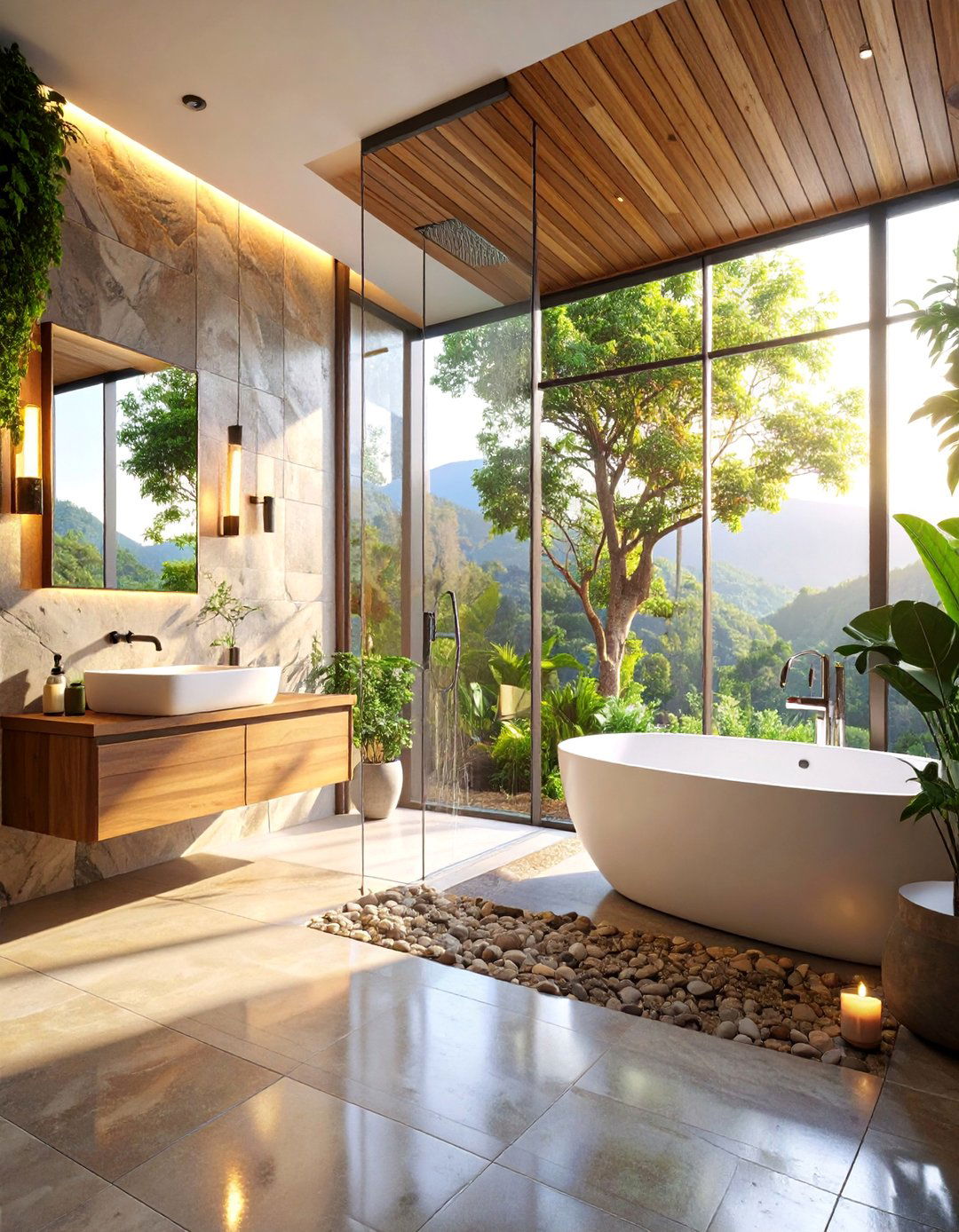
Full bathrooms combine essential daily functions with relaxation and personal care, increasingly incorporating spa-like features for enhanced comfort and wellness. Modern bathroom design emphasizes wet room concepts, where tubs integrate within oversized shower spaces for seamless, luxurious experiences. Heated floors, rainfall showerheads, and automated lighting systems create resort-like atmospheres. Built-in storage maximizes organization through vanity drawers, medicine cabinets, and niche shelving within shower areas. Current trends include natural stone surfaces, warm wood vanities, and specialized storage for beauty products and grooming tools. Smart mirrors with integrated lighting and technology enhance functionality while maintaining sleek, contemporary aesthetics.
7. Half Bath with Stylish Powder Room Design

Half baths serve as convenient guest facilities and secondary bathrooms, focusing on style and functionality within compact footprints. Powder room design allows for bold decorating choices since the space receives lighter daily use, making it perfect for statement wallpapers, dramatic lighting, or artistic tile work. Floating vanities maximize floor space while providing essential storage, and statement mirrors create visual interest and reflect light. Current trends emphasize rich, moody colors like deep navy or charcoal, paired with brass fixtures and natural materials. Quality ventilation systems ensure comfort, while durable, water-resistant flooring materials handle high traffic. Thoughtful details like guest towels, quality lighting, and artistic accents create memorable impressions.
8. Guest Bedroom with Welcoming Comfort Elements
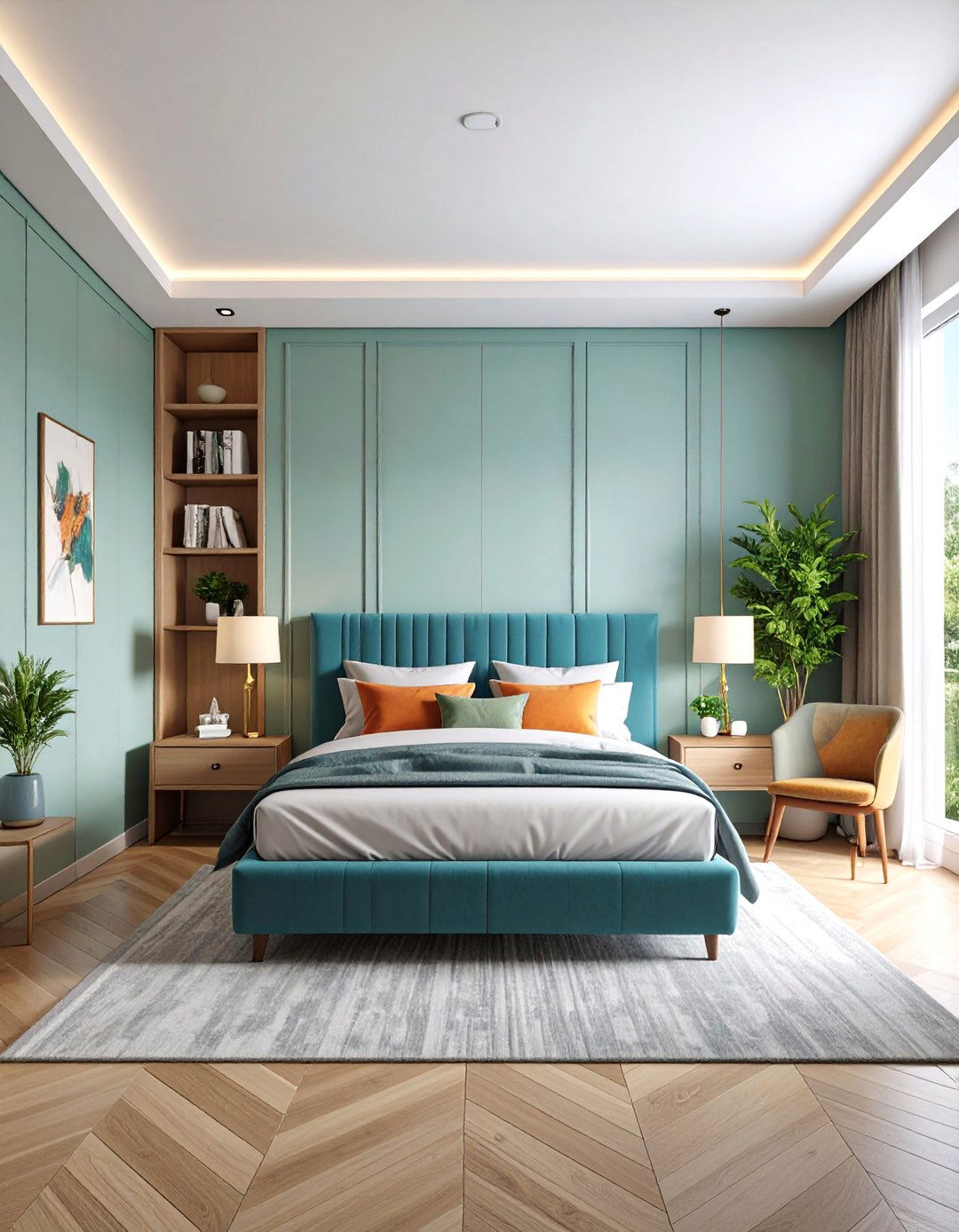
Guest bedrooms provide comfortable accommodations for visitors while maintaining functionality when not occupied by guests. Successful guest room design balances hotel-like comfort with practical storage and versatile usage options. Quality bedding, adequate lighting for reading, and convenient charging stations ensure guest satisfaction. Built-in or freestanding wardrobes provide hanging and folding space, while bedside tables offer storage and convenience. Current trends favor neutral, calming color schemes that appeal to diverse preferences, natural materials that create warmth, and flexible furniture arrangements. Multi-functional furniture like storage benches or desks allows the space to serve additional purposes such as home office or hobby room when guests aren't present.
9. Home Office with Productivity-Focused Design
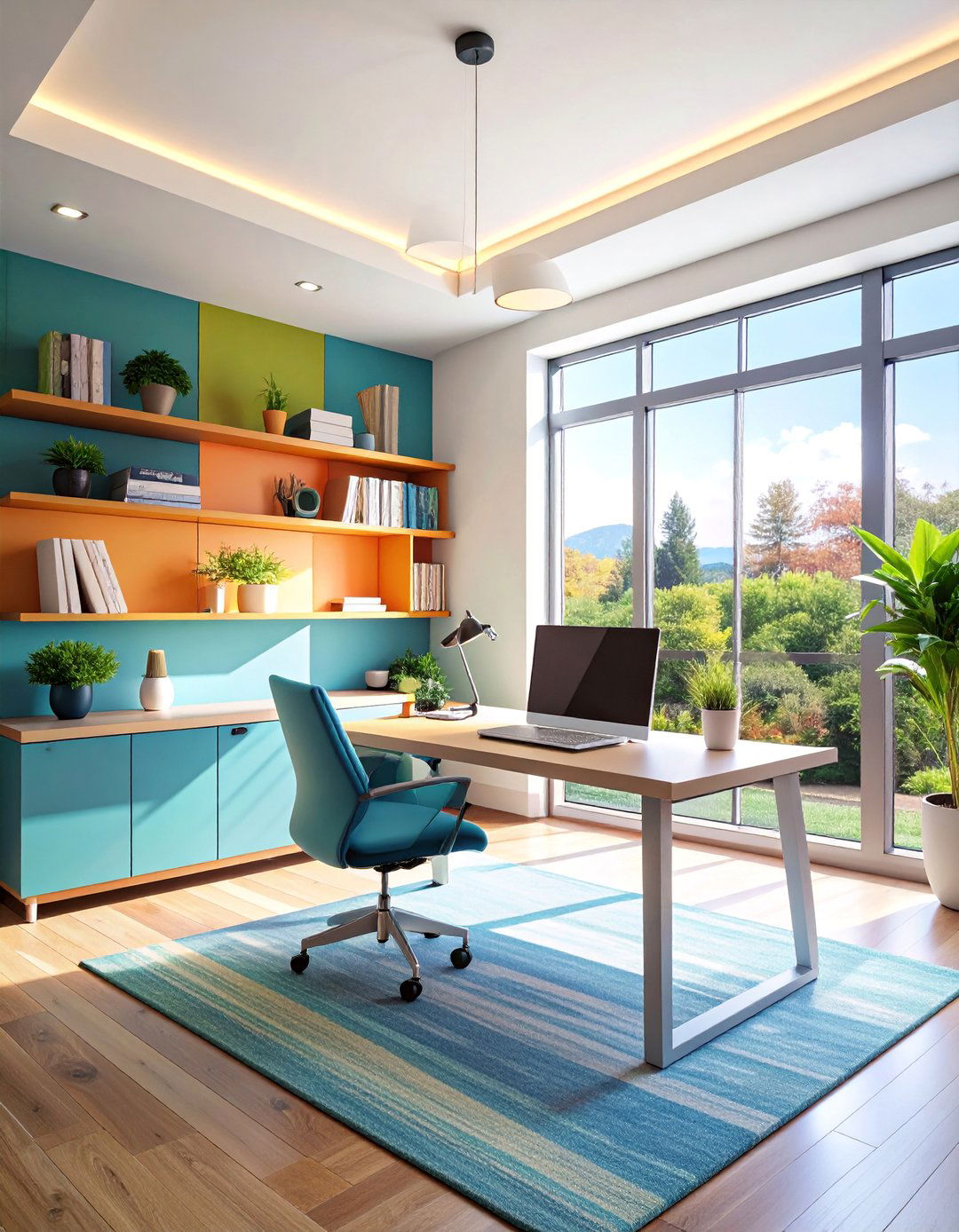
Home offices support professional work, creative projects, and administrative tasks, requiring ergonomic furniture, adequate lighting, and organizational systems. Successful office design prioritizes functionality through custom built-ins, cable management, and storage solutions for supplies and equipment. Natural light enhances productivity and well-being, while task lighting prevents eye strain during detailed work. Current trends emphasize biophilic design elements like indoor plants, natural materials, and views of outdoor spaces. Technology integration includes wireless charging stations, multiple monitor setups, and smart home systems for climate and lighting control. Soundproofing materials ensure privacy for video calls, while organizational systems maintain clutter-free environments that promote focus and creativity.
10. Laundry Room with Efficient Organization Systems

Laundry rooms handle clothing care, household cleaning supplies, and sometimes mudroom functions, requiring durable surfaces and intelligent storage solutions. Modern laundry design maximizes efficiency through custom cabinetry, sorting systems, and folding areas that streamline the cleaning process. Stacked or side-by-side washer-dryer configurations depend on space availability, while utility sinks handle pre-treatment and hand-washing needs. Current trends favor combining laundry with mudroom functions, creating unified spaces for managing outdoor gear and clothing care. Built-in ironing boards, hanging rods, and pull-out hampers optimize workflow. Quality ventilation, moisture-resistant materials, and adequate lighting ensure comfortable working conditions while preventing mold and mildew issues.
11. Pantry with Smart Storage Solutions

Pantries provide organized food storage, small appliance housing, and sometimes beverage refrigeration, serving as kitchen extensions that reduce main cooking area clutter. Walk-in pantries offer maximum storage through floor-to-ceiling shelving, while reach-in pantries utilize vertical space efficiently. Adjustable shelving accommodates various container sizes, and clear storage bins maintain visibility and organization. Current trends include built-in coffee stations, wine storage, and specialty drawers for specific items like spices or baking supplies. Smart lighting activates automatically, while climate control protects sensitive items. Butler's pantries expand functionality by including prep sinks, additional counter space, and small appliances for beverage service and food preparation.
12. Mudroom with Family Transition Zones

Mudrooms create organized transition spaces between outdoor activities and home interiors, managing coats, shoes, bags, and seasonal equipment through custom storage systems. Successful mudroom design includes individual family member cubbies, bench seating for changing shoes, and durable flooring that handles moisture and dirt. Built-in lockers accommodate varying storage needs, while hooks and hangers keep frequently used items accessible. Current trends favor combining mudrooms with laundry facilities for efficient space utilization and convenient clothing care. Pet washing stations, sports equipment storage, and charging stations for electronic devices enhance functionality. Weather-resistant materials, proper ventilation, and easy-clean surfaces ensure long-term durability and maintenance ease.
13. Walk-In Closet with Custom Organization Features

Walk-in closets provide organized clothing storage, dressing areas, and sometimes personal grooming spaces through custom organizational systems and luxury finishes. Successful closet design maximizes vertical space through double-hang rods, adjustable shelving, and specialized storage for shoes, accessories, and folded items. Central islands offer additional storage and counter space for outfit planning and jewelry display. Current trends emphasize boutique-style lighting, full-length mirrors, and seating areas that create dressing room atmospheres. Smart features include automated lighting, climate control, and rotating storage systems. Quality materials like cedar lining protect clothing, while proper ventilation prevents moisture issues and maintains optimal storage conditions.
14. Storage Room with Seasonal Organization Systems
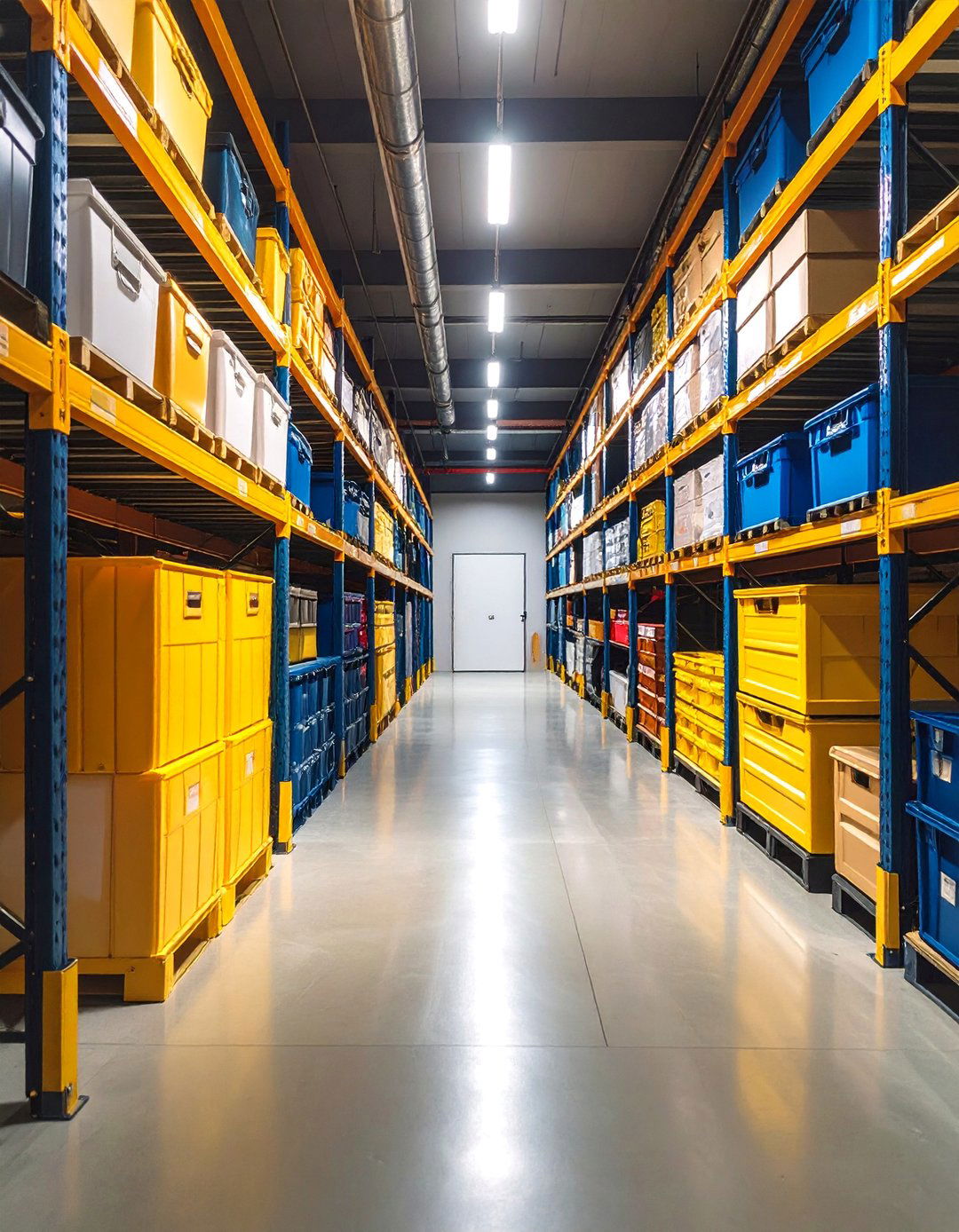
Storage rooms accommodate seasonal decorations, sporting equipment, household supplies, and family keepsakes through systematic organization and climate-controlled environments. Successful storage design utilizes vertical space through industrial shelving, labeled containers, and inventory systems that maintain accessibility and organization. Temperature and humidity control protect sensitive items like electronics, artwork, and important documents. Current trends favor modular storage systems that adapt to changing needs, smart inventory tracking through apps or labels, and integrated lighting for easy access. Fire-resistant safes protect valuable documents, while pest control measures ensure long-term preservation. Proper insulation and ventilation prevent moisture damage and maintain optimal storage conditions.
15. Utility Room with Mechanical Systems Access

Utility rooms house essential home systems including water heaters, HVAC equipment, electrical panels, and sometimes water treatment systems, requiring organized layouts and easy maintenance access. Successful utility design balances equipment housing with storage for maintenance supplies and household tools. Proper ventilation ensures equipment operates efficiently, while adequate lighting facilitates maintenance and repairs. Current trends include smart home integration for system monitoring, energy-efficient equipment upgrades, and organized tool storage systems. Sound insulation reduces noise transmission to living areas, while fire-resistant materials enhance safety. Emergency shut-off access, proper clearances around equipment, and ventilation systems ensure safe operation and compliance with building codes.
16. Attic with Multi-Purpose Living Potential

Attics provide versatile spaces for storage, additional bedrooms, home offices, or recreation areas, often featuring unique architectural elements like exposed beams and slanted ceilings. Successful attic conversion requires proper insulation, ventilation, and sometimes structural modifications to create comfortable living spaces. Skylights and dormer windows maximize natural light, while built-in storage utilizes awkward angles efficiently. Current trends favor creative solutions for slanted ceilings, such as built-in furniture and custom storage that follows roof lines. Climate control ensures year-round comfort, while proper flooring and finishes create finished living spaces. Creative lighting design accommodates various ceiling heights, and smart home integration enables remote control of climate and lighting systems.
17. Basement with Entertainment and Recreation Focus
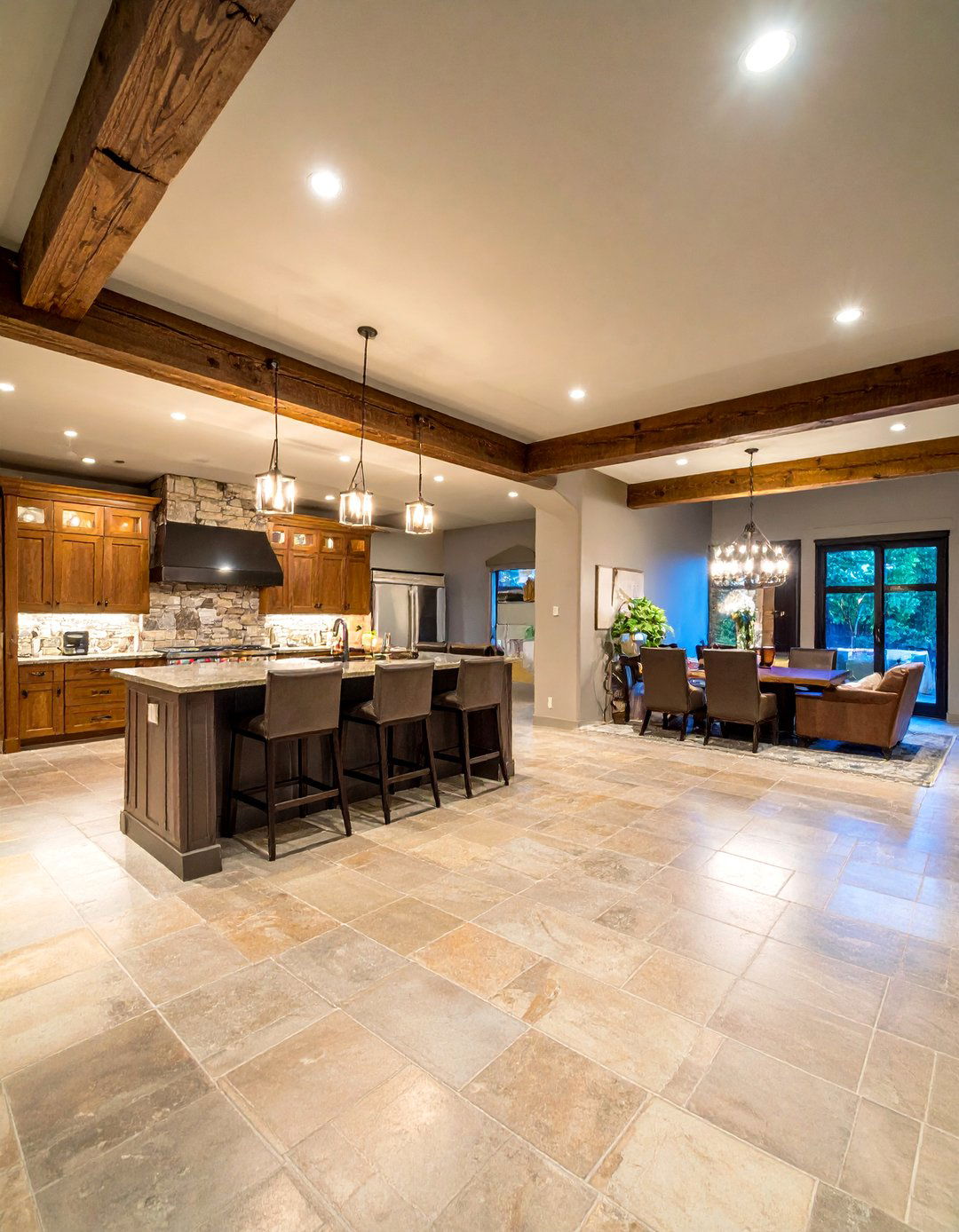
Basements offer substantial space for recreation, entertainment, storage, and sometimes additional living quarters, providing valuable square footage often at lower cost than above-ground additions. Successful basement design addresses moisture control, adequate lighting, and proper insulation to create comfortable, functional spaces. Recreation areas might include home theaters, game rooms, exercise areas, or craft spaces depending on family interests and needs. Current trends emphasize luxury finishes that rival main-level spaces, including engineered flooring, painted ceilings, and sophisticated lighting design. Wet bars, wine storage, and entertainment systems create resort-like atmospheres. Proper egress windows ensure safety compliance, while dehumidification systems prevent moisture issues and maintain healthy indoor air quality.
18. Garage with Multi-Functional Workshop Elements

Garages protect vehicles while providing storage for tools, sporting equipment, seasonal items, and sometimes workshop or hobby spaces through organized systems and durable finishes. Successful garage design maximizes vertical storage through wall-mounted systems, overhead racks, and custom cabinetry that accommodates various storage needs. Epoxy floor coatings resist stains and moisture while providing attractive, easy-clean surfaces. Current trends include electric vehicle charging stations, smart garage door systems, and climate-controlled areas for sensitive storage. Workshop areas feature built-in workbenches, tool storage, and adequate electrical systems for power tools. Proper lighting, ventilation, and sometimes heating systems enhance functionality and comfort for extended use.
19. Sunroom with Year-Round Outdoor Connection
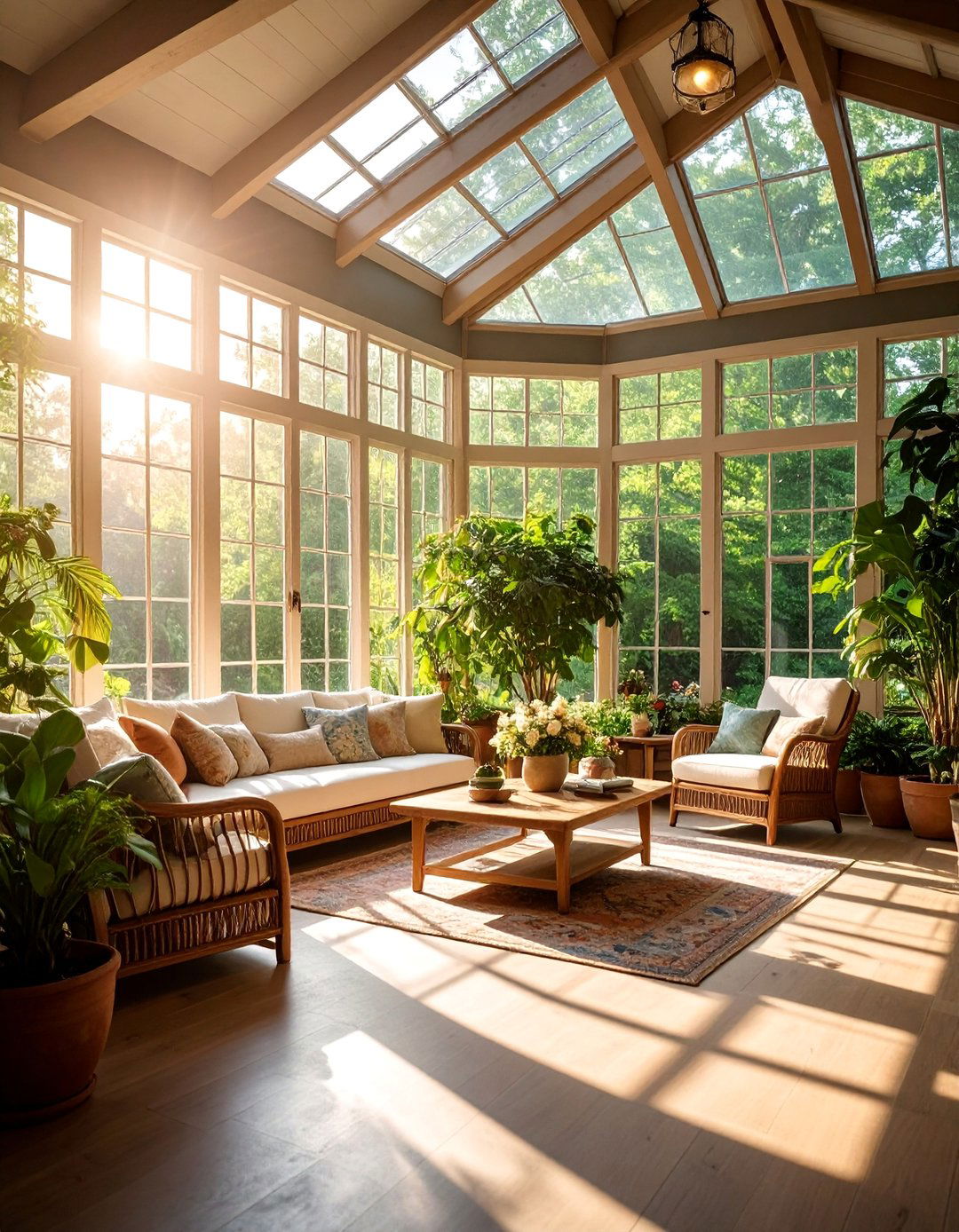
Sunrooms create bright, comfortable spaces that connect indoor living with outdoor views through extensive glazing and climate control systems. These light-filled rooms serve as reading areas, breakfast nooks, plant displays, or casual entertaining spaces that celebrate natural light and outdoor views. Successful sunroom design balances light exposure with temperature control through UV-blocking windows, adequate ventilation, and sometimes seasonal climate systems. Current trends emphasize organic modern furniture with natural materials, indoor plants that thrive in high-light conditions, and flexible furnishing arrangements. Built-in seating with storage maximizes functionality, while ceiling fans and operable windows provide natural ventilation. Moisture-resistant materials handle humidity variations while maintaining attractive finishes.
20. Conservatory with Greenhouse Functionality

Conservatories feature glass walls and roofs that create greenhouse-like environments for growing plants while providing unique entertaining and relaxation spaces. These specialized rooms require climate control systems, proper drainage, and plant-appropriate lighting to maintain healthy growing conditions year-round. Successful conservatory design incorporates both gardening functionality and living space comfort through durable, moisture-resistant materials and adequate ventilation systems. Current trends favor modern glass construction techniques, automated climate control, and integrated irrigation systems. Furniture selection emphasizes weather-resistant materials and flexible arrangements that accommodate both plant care and entertaining. Specialty lighting supports plant growth while creating attractive ambiance for evening use.
21. Home Theater with Immersive Entertainment Systems

Home theaters provide dedicated spaces for movie watching, gaming, and entertainment through professional-grade audio-visual equipment and theater-style seating arrangements. Successful theater design emphasizes sound isolation, optimal viewing angles, and lighting control that creates authentic cinema experiences. Tiered seating maximizes viewing for multiple people, while acoustic treatments enhance sound quality and prevent noise transmission. Current trends include immersive surround sound systems, 4K projection technology, and smart home integration for automated lighting and climate control. Specialty seating features reclining capabilities, cup holders, and sometimes massage functions. Snack bars, beverage refrigeration, and popcorn machines complete the entertainment experience while maintaining sophisticated design aesthetics.
22. Game Room with Entertainment Variety
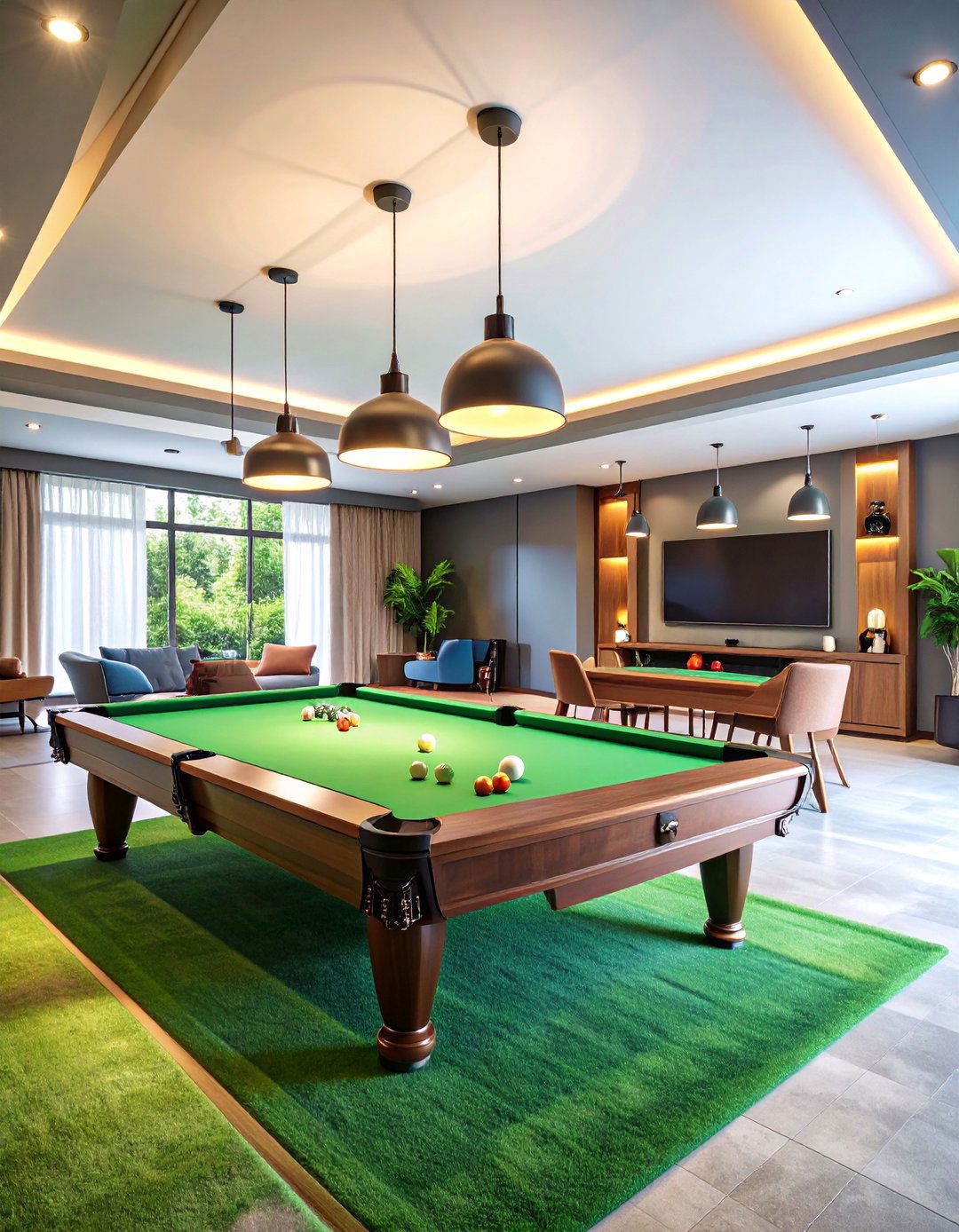
Game rooms accommodate various recreational activities including billiards, video gaming, board games, and casual entertaining through flexible layouts and specialized equipment. Successful game room design provides adequate space around gaming equipment, comfortable seating arrangements, and storage for games and accessories. Built-in bar areas, beverage refrigeration, and snack storage enhance entertainment value while maintaining organized spaces. Current trends favor multi-functional furniture, smart lighting that adapts to different activities, and technology integration for video gaming and music systems. Durable flooring handles heavy equipment and foot traffic, while sound dampening materials prevent noise transmission. Climate control ensures comfort during extended gaming sessions, and proper electrical systems support various electronic equipment.
23. Home Gym with Wellness-Focused Design

Home gyms provide convenient spaces for fitness routines, wellness activities, and sometimes physical therapy through specialized equipment and motivational environments. Successful gym design incorporates proper flooring, adequate ventilation, and mirror placement that supports various exercise activities safely and effectively. Equipment selection depends on fitness goals and available space, ranging from simple yoga areas to comprehensive weight training facilities. Current trends emphasize wellness-focused design with natural materials, biophilic elements, and technology integration for virtual training and progress tracking. Sound systems support workout motivation, while climate control maintains comfortable exercise conditions. Storage solutions organize equipment and accessories, while safety features include emergency communication and first aid accessibility.
24. Wine Cellar with Climate-Controlled Storage

Wine cellars provide proper storage conditions for wine collections through climate control, humidity management, and organized display systems that protect and showcase valuable bottles. Successful cellar design maintains consistent temperature and humidity levels while providing easy access and attractive presentation. Custom racking systems accommodate various bottle sizes and collection growth, while tasting areas allow for wine enjoyment and entertainment. Current trends favor modern design aesthetics with LED lighting, glass walls, and sophisticated climate control systems. Stone or tile flooring handles moisture while providing attractive, durable surfaces. Security systems protect valuable collections, while inventory management systems track collection details and optimal drinking dates. Proper insulation and vapor barriers maintain ideal storage conditions.
25. Foyer with Grand Entrance Design
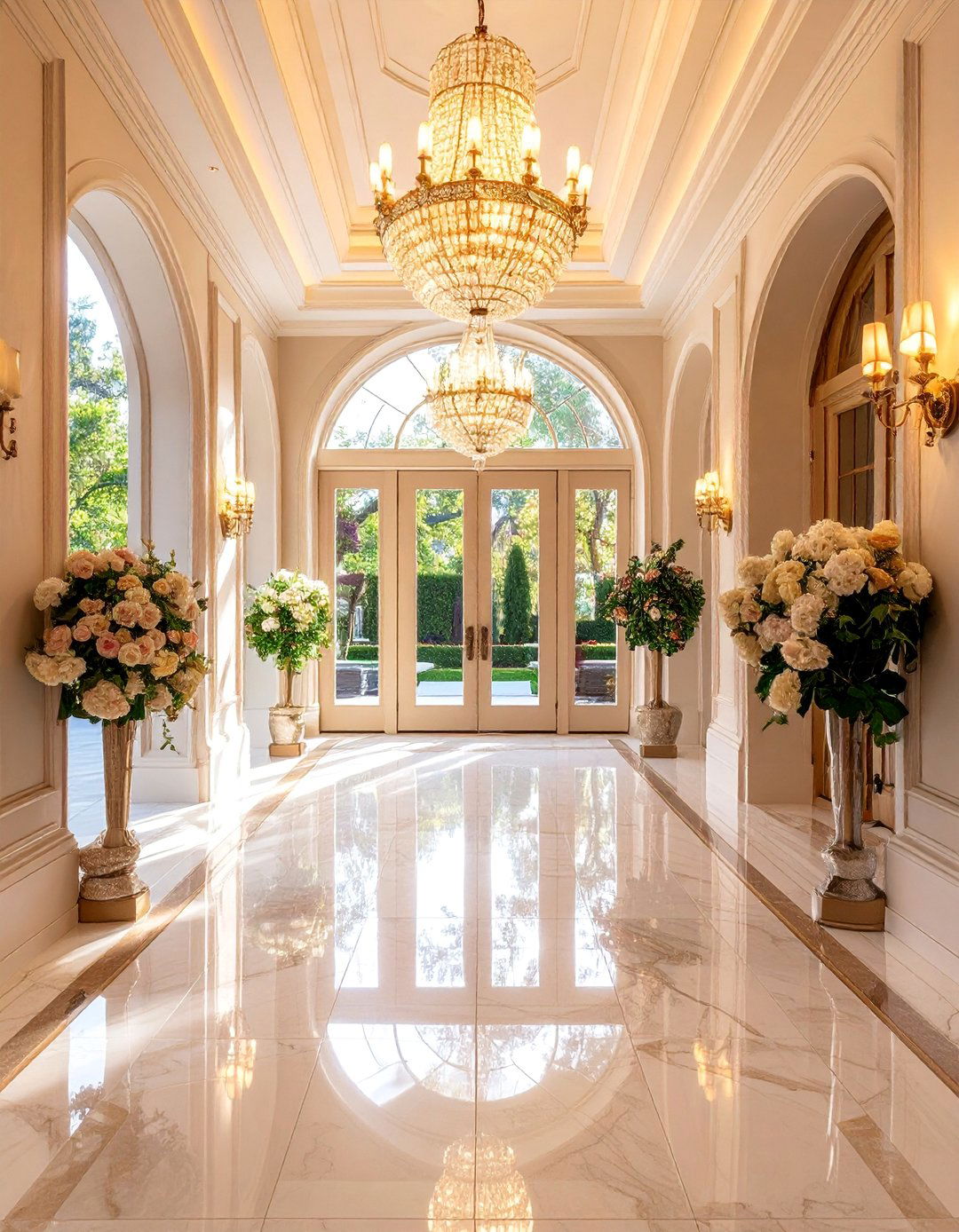
Foyers create first impressions and transition spaces between exterior entrances and home interiors through thoughtful design, adequate storage, and welcoming aesthetics. Successful foyer design provides space for removing outerwear, storing personal items, and greeting guests while setting the tone for the entire home's design aesthetic. Built-in storage, seating, and mirror placement enhance functionality while maintaining attractive appearances. Current trends emphasize statement lighting fixtures, durable flooring materials, and architectural details that preview the home's overall design style. Closet space accommodates guest coats and family outerwear, while console tables provide surfaces for keys, mail, and decorative elements. Proper lighting welcomes guests and enhances security, while easy-clean surfaces handle high traffic and weather exposure.
Conclusion:
The 25 types of rooms in a house each serve distinct functions while contributing to overall home functionality and lifestyle quality. From essential living spaces like kitchens and bedrooms to specialized areas such as wine cellars and home theaters, thoughtful room design enhances daily life through proper planning, quality materials, and current design trends. Successful home design balances functional requirements with personal style preferences, creating spaces that support family needs while reflecting individual tastes and lifestyles.




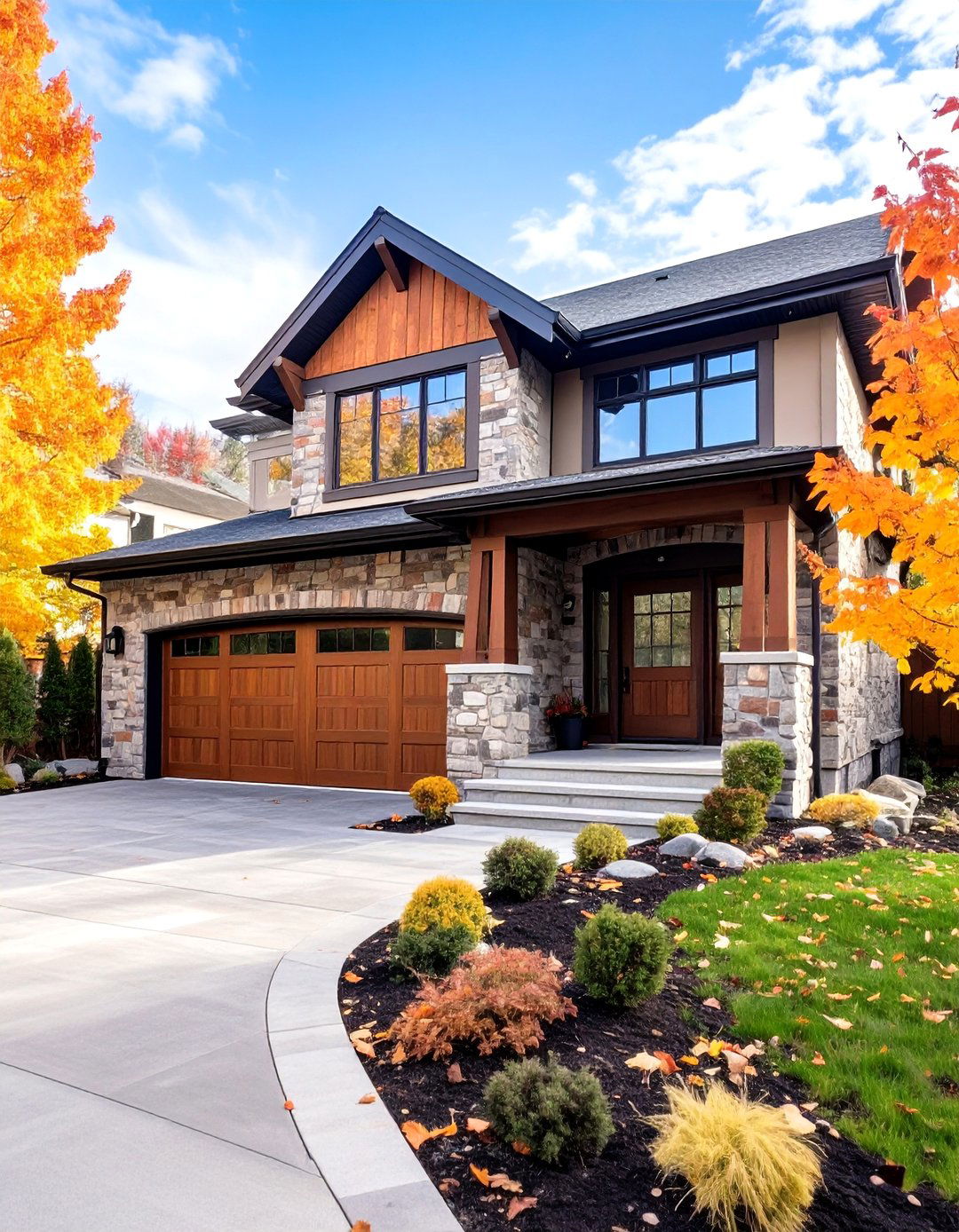
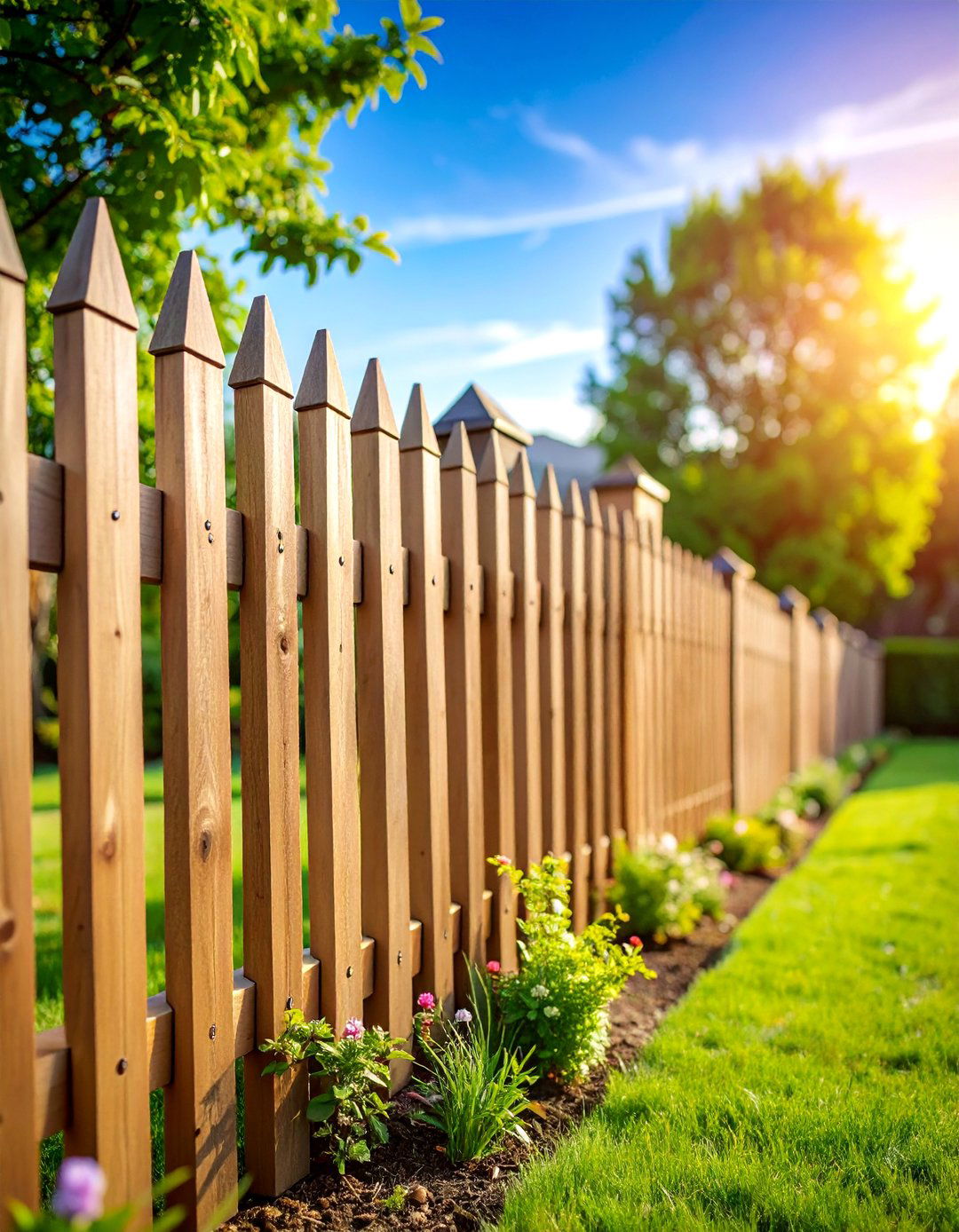
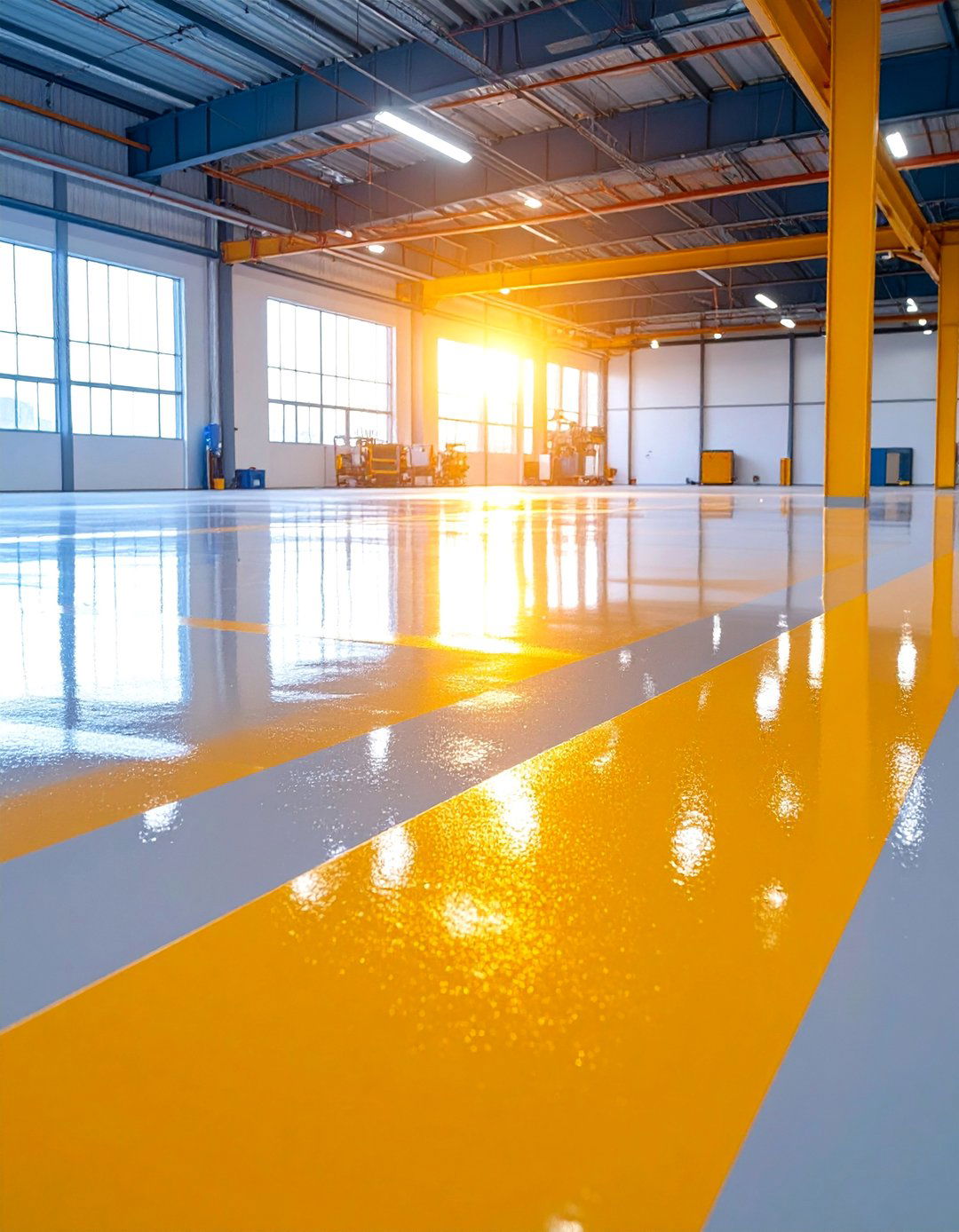
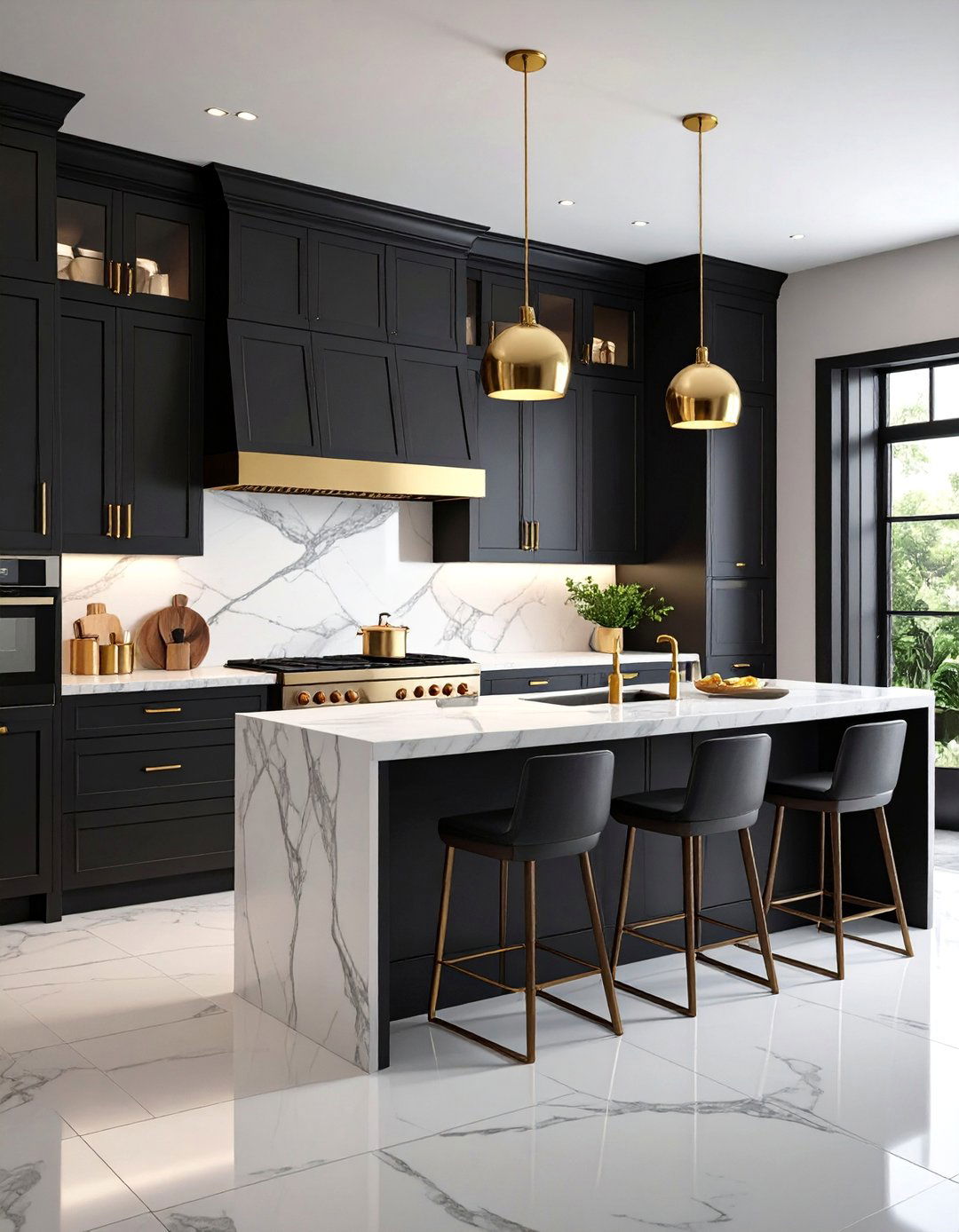
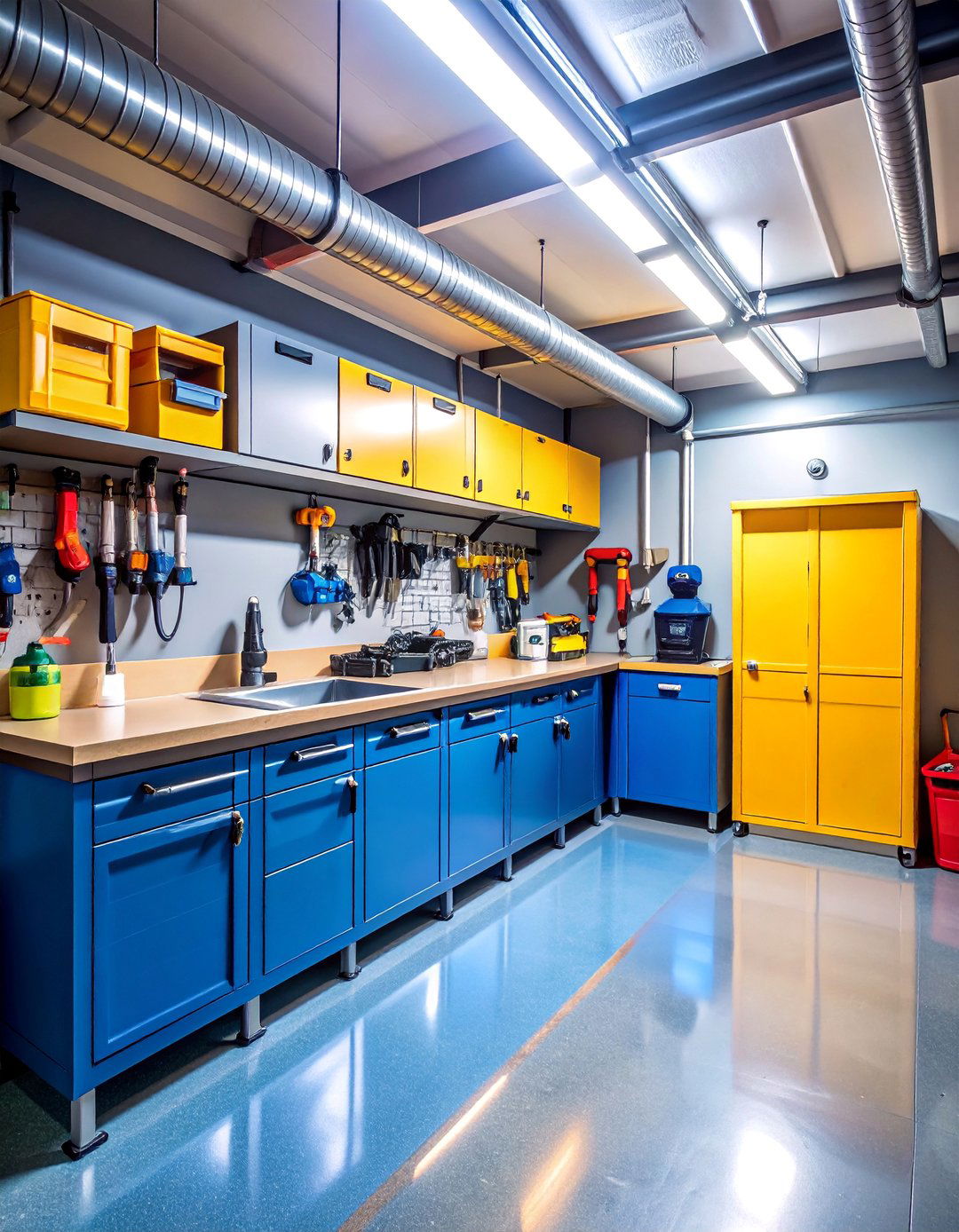


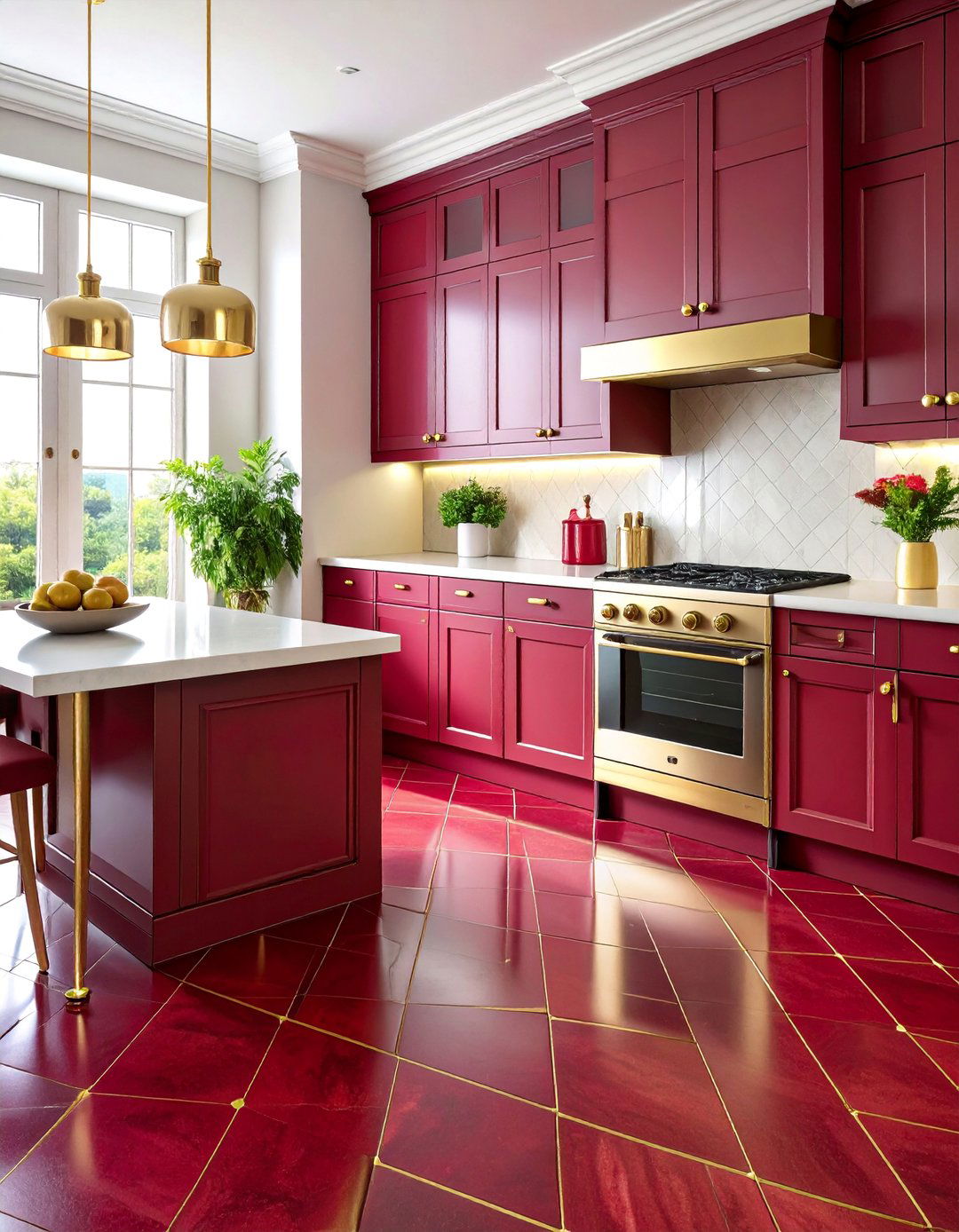
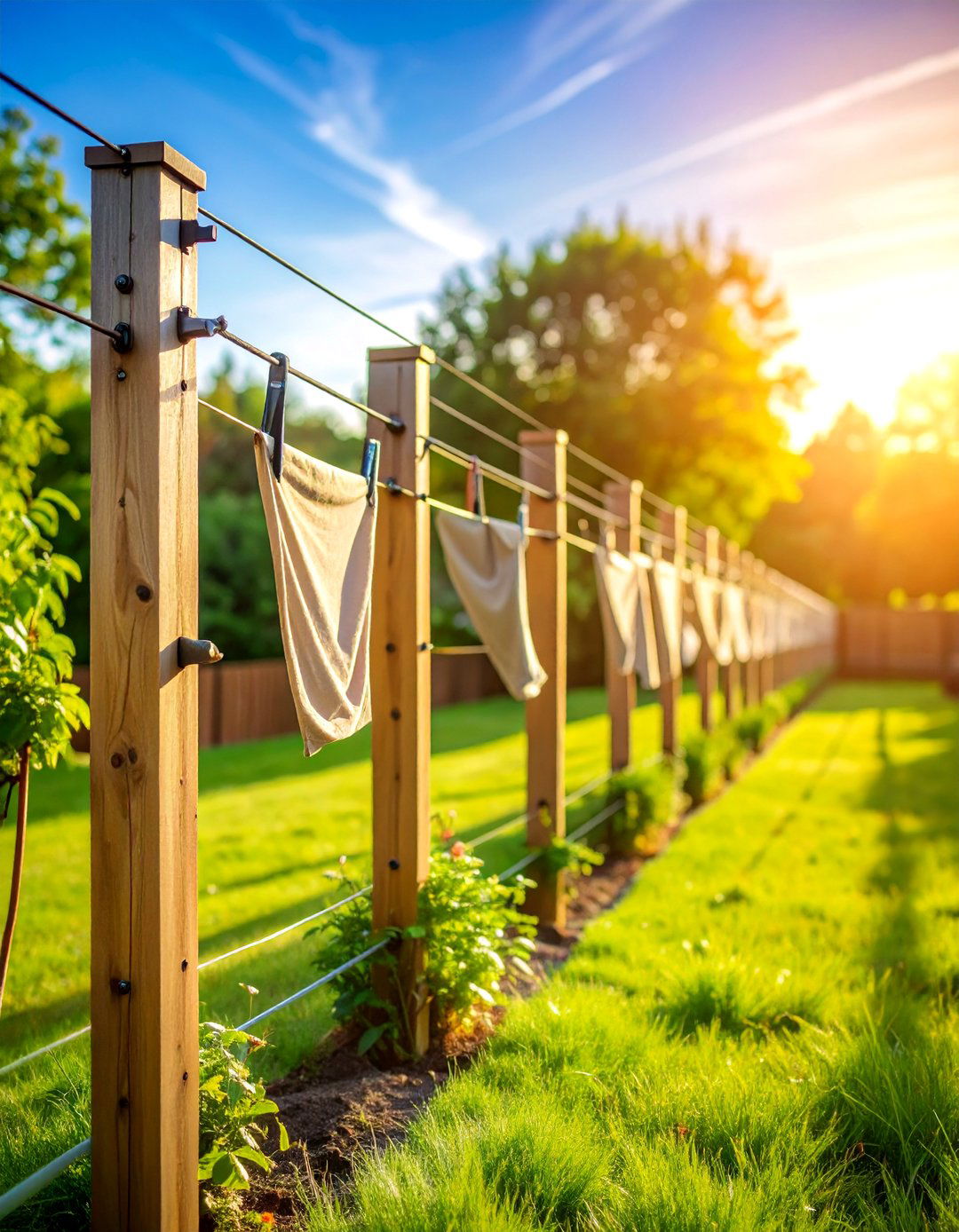
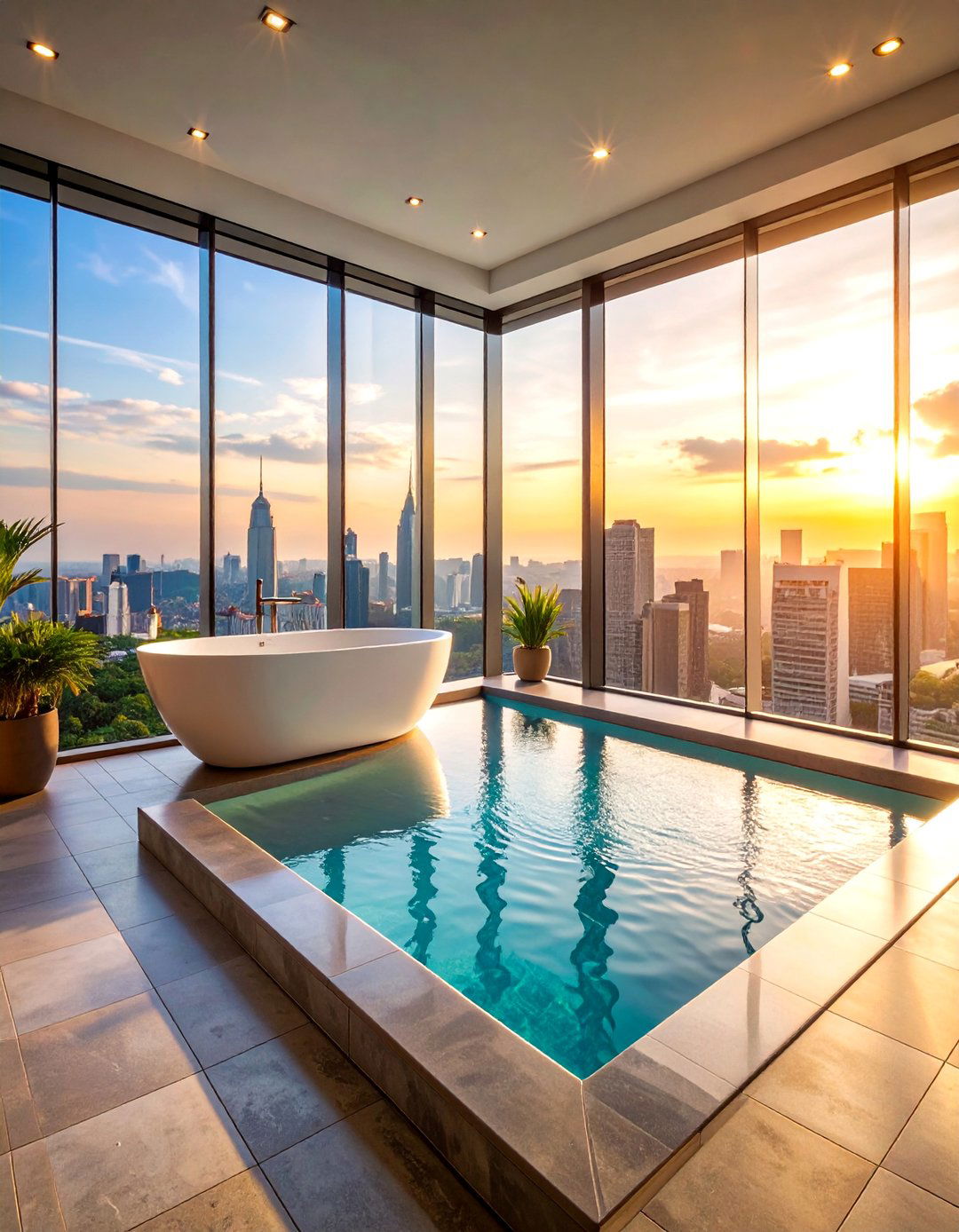

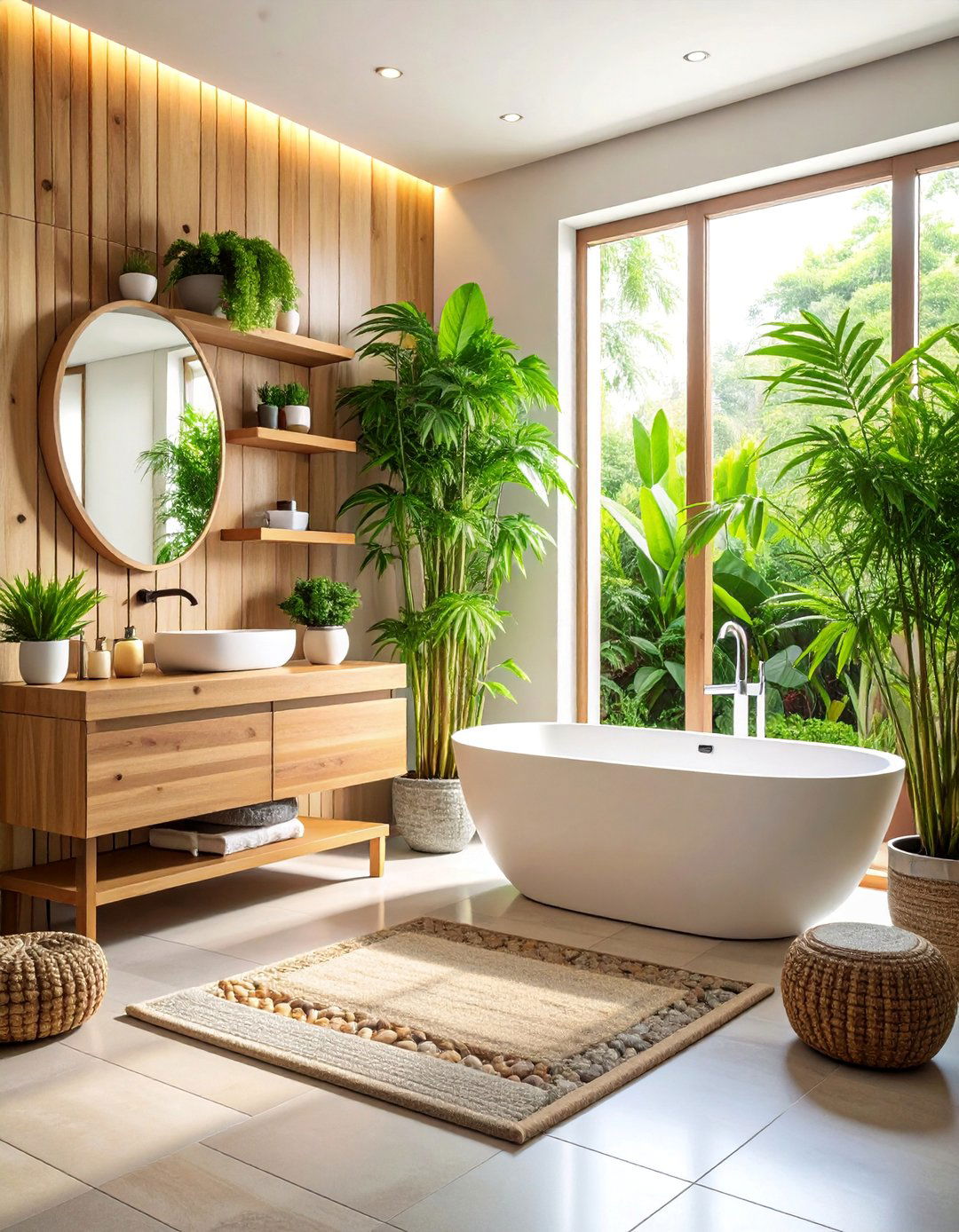
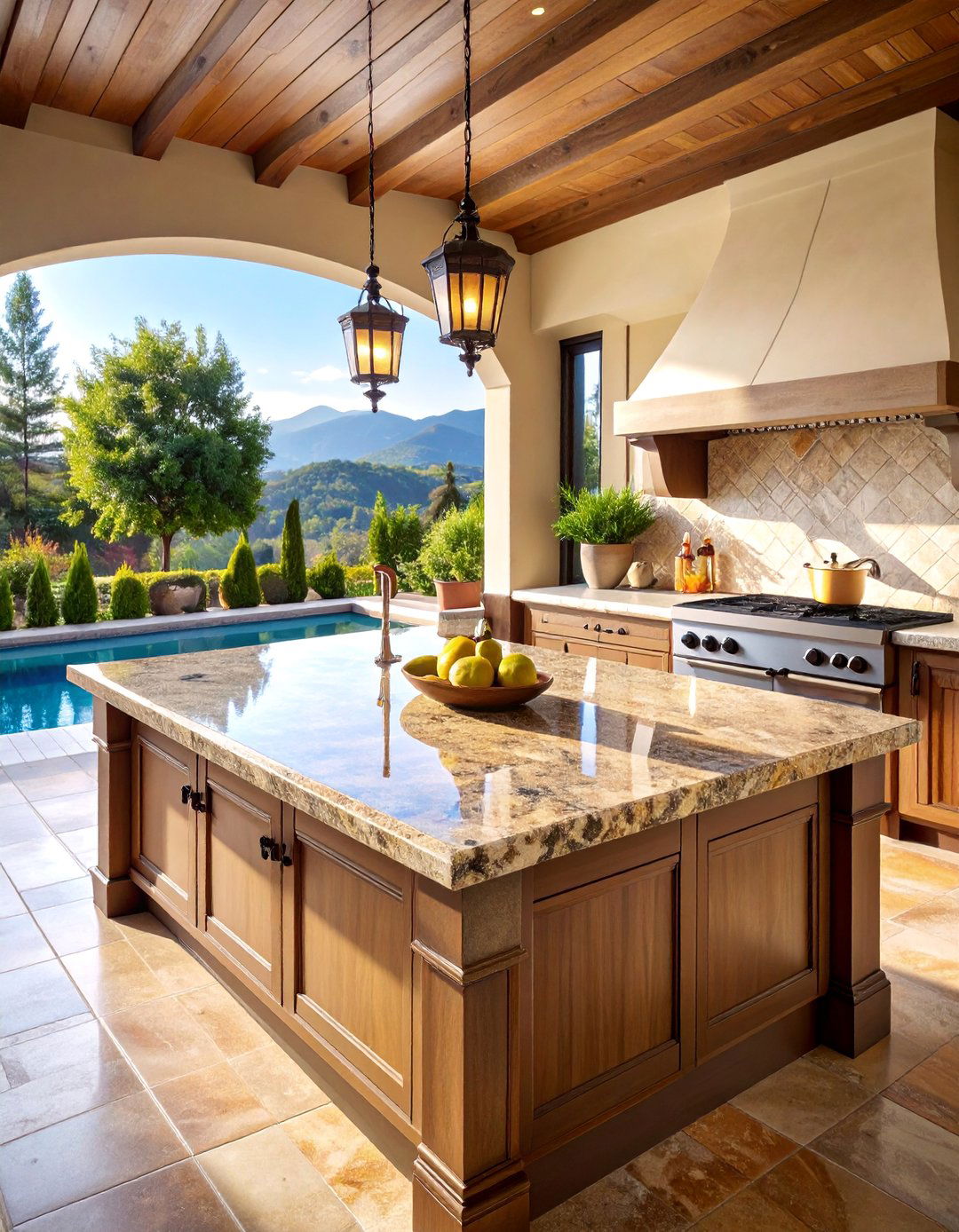
Leave a Reply